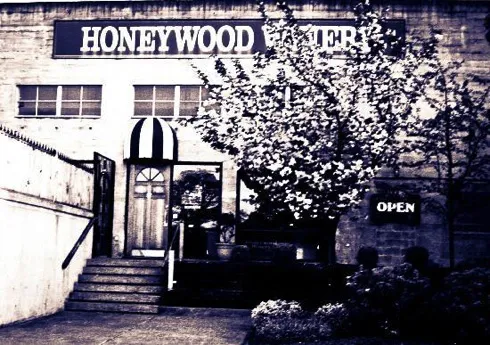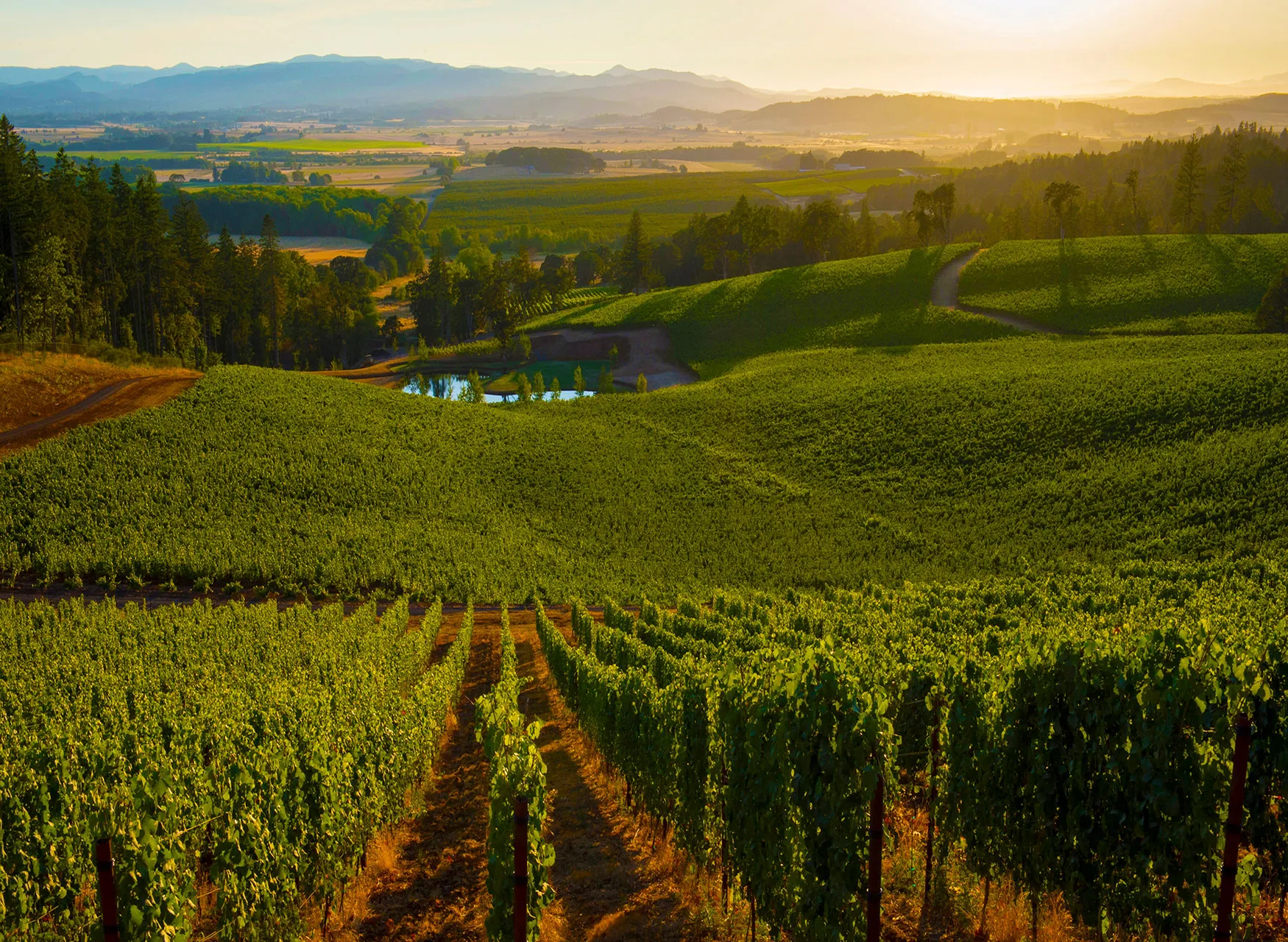History

1800s
Before the arrival of pioneers, Native American tribes in Oregon had long practiced sustainable agriculture, cultivating crops like camas and wapato, which thrived in the region’s fertile soils and mild climate. Early pioneers in the Eola-Amity Hills noticed the powerful, predictable marine winds blowing through the Van Duzer Corridor, the lowest point in Oregon’s Coast Range. Lindsay Robbins, a pioneer, and musician, named the area Eola inspired by the wind’s resemblance to a wind harp. Vines arrived in the Willamette Valley in the mid-1800s, but they were primarily table grapes for eating, not the renowned French pinot grapes of today.

1933
With the repeal of Prohibition in 1933, The Honeywood Winery began operating in Salem and has been running continuously ever since.

1960s to 1985
The 1960s marked the beginning of the Vitis Vinifera revolution in Oregon. Richard Sommer planted Hillcrest Vineyards in 1961, and the Willamette Valley took off in 1965 when David and Diana Lett (pictured) planted the Eyrie Vineyards. In 1969, Dick Erath joined them. Vinifera grapes came to the Eola-Amity Hills in 1971 with
the planting of Amity Vineyards by Jerry and Anne Preston. By 1976, the region’s first bonded winery was by Myron Redford and Janis Checchia at Amity Vineyards. The late 1970s saw more vineyards and wineries being established, including Bethel Heights and Stangeland. By 1983, 273 acres were under vine, and only two wineries were producing commercially. In 1984, the Willamette
Valley was designated as an American Viticulture Area (AVA). In 1985, led by Tom Dumm, the Eola Hills Winegrowing Region was formally established.
2006 TO Present
In 2006, the Eola-Amity Hills was officially recognized as an AVA. Today, the region is known for producing ultra-premium Pinot Noir and other varietals like Chardonnay, Pinot Gris, Pinot Blanc, Grüner Veltliner, Riesling, Gewürztraminer, Sauvignon Blanc, and Gamay Noir. The Eola-Amity Hills AVA boasts over 2,850 acres of vineyards and over 30 commercial wineries, making it a key player in fine wine. Wines from this region have received numerous awards and accolades, consistently impressing critics and earning top honors at national and international competitions. This recognition highlights the exceptional quality and
distinctive characteristics of wines produced in the Eola-Amity Hills, cementing its reputation as a premier wine-growing region.

